The growth of 3D printing in hospitals is surging with time. With the introduction of better AM technologies and materials, it is no surprise that the possibilities are growing exponentially, benefitting almost every niche. Thankfully, medical science has been able to leverage the unmatched potential that 3D Printing offers.
Today, 3D printing application is not limited to a customized prosthesis but caters to other major areas of medicinal practice. Apart from tools and equipment, this revolutionary technology has contributed to grafting procedures, bone regeneration, and more.
As per the expert’s analysis, the size of the global 3D printing healthcare market which was $973 million in 2018 is expected to rise to $3,692 million by 2026. The CAGR growth rate of 18.2% from 2019 to 2026 certainly vouches for the immense work that the technology is adamant about accomplishing within the medical sector.
So, without further ado, let’s find out the various roles 3D printing is already playing in hospitals and medical applications.
Applications of 3D Printing in Hospitals
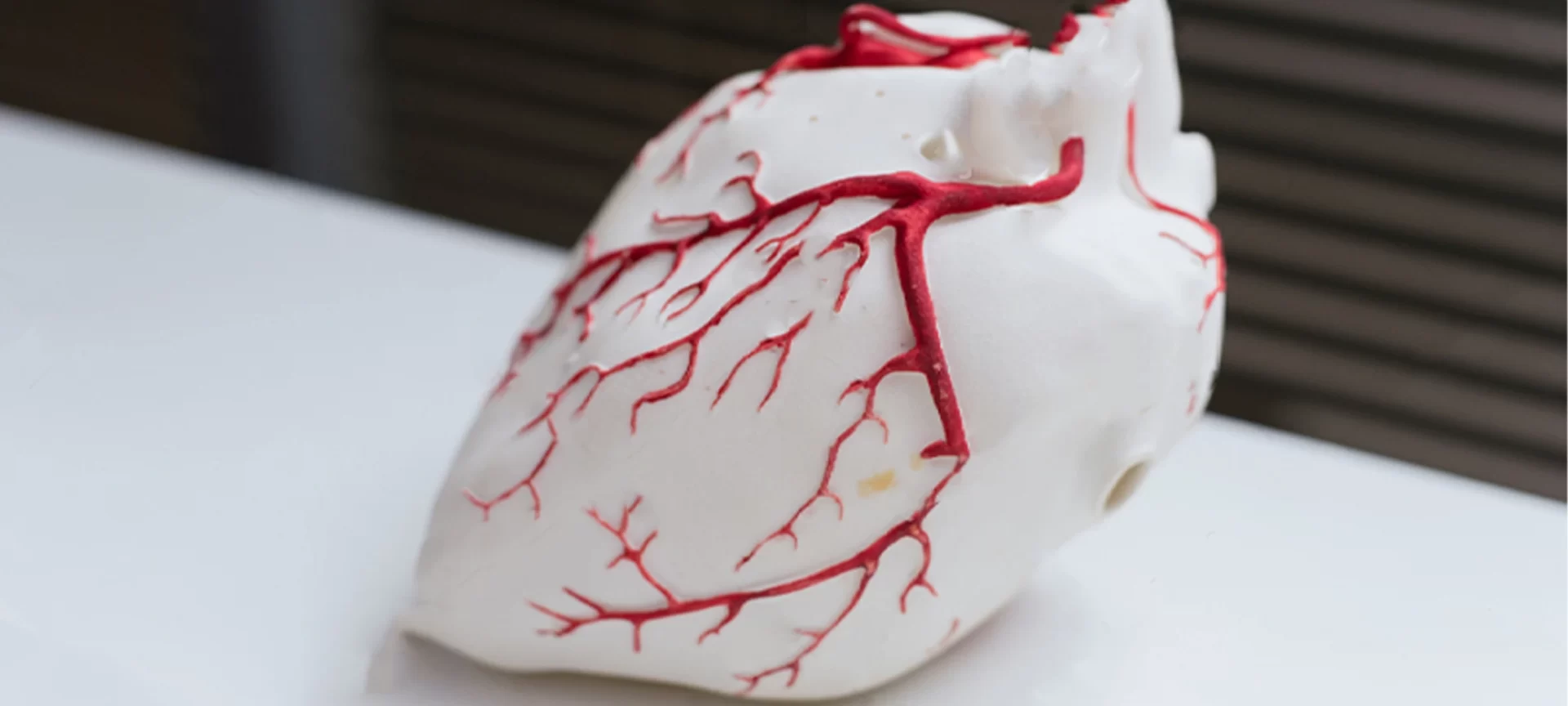
By offering the medical sector newer applications every year, 3D printing has been able to help improve human lives manifold. As a matter of fact, technology is involved in many different healthcare divisions including urology, cardiology, gastroenterology, and more. And, continues to impact other sectors within the medical niche.
Preoperative Planning for Surgeries
Using the results from the clinical and imaging information to create a patient’s specific anatomy helps doctors in determining the best treatment option. According to various studies, using patient-specific preoperative planning exponentially reduces the time spent during operation. As well as, it also helps in minimizing the complications.
Not just that, with effective treatment, patients may not need to stay for longer durations after surgery in hospitals. Hence, finally lowering the healthcare costs and making treatment accessible to those not able to afford it otherwise.
With the help of the patient’s 3D model of the desired anatomy, surgeons can plan the treatment approach or surgical procedure in advance. This way, reducing the chances of any possible hitches beforehand.
Custom Made Surgical Tools
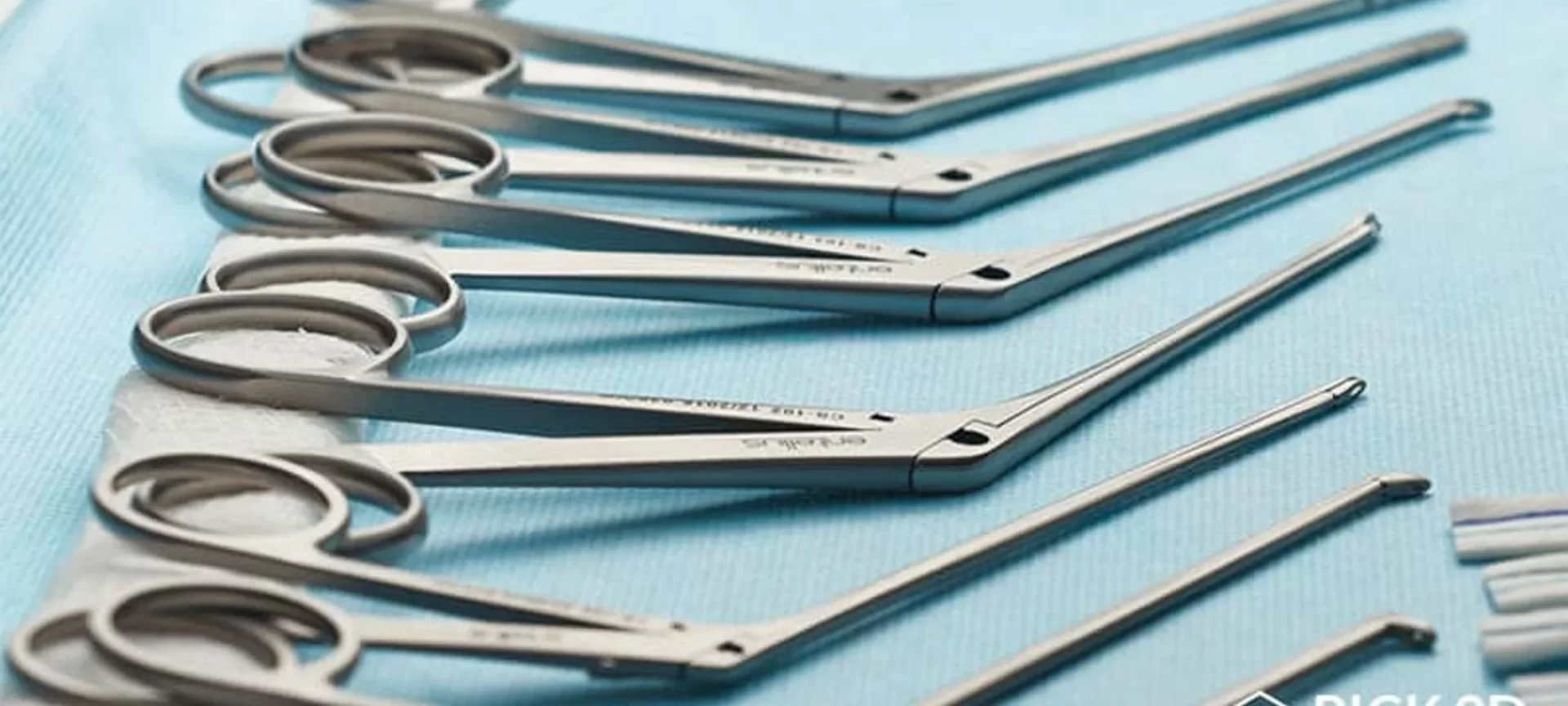
As discussed, 3D printing is helping the healthcare industry perform at its best. And, one such example is its capability of manufacturing custom surgical instruments and guides. With differences in the doctors’ operating style, as well as patient’s physical uniqueness, the need for customized surgical instruments is increasing.
What if a surgeon has a bigger hand and the tool isn’t comfortable to handle? Or, what if it’s the opposite? There could be plenty of such conditions where medical practitioners may feel a need for customized tools. And, 3D printing is there to help. Not only is it a cost-effective and cheap alternative for creating customized parts, but it also expedites the process as well.
In addition, apart from 3D printing being capable of producing sterile tools, it can manufacture precise and smaller instruments. Hence, helping doctors to operate on tiny areas and saving patients from unnecessary extra damage.
Postoperative Assessments
There are times when doctors must ensure that the treatment results are as expected. For instance, after the pharmacological treatment, doctors can utilize 3D printing for validating the results achieved afterward.
Apart from offering experts the highest accuracy during the estimation of a patient’s bone condition, the technology enables doctors to make the most suitable decision for later treatment.
Customized Prosthetics
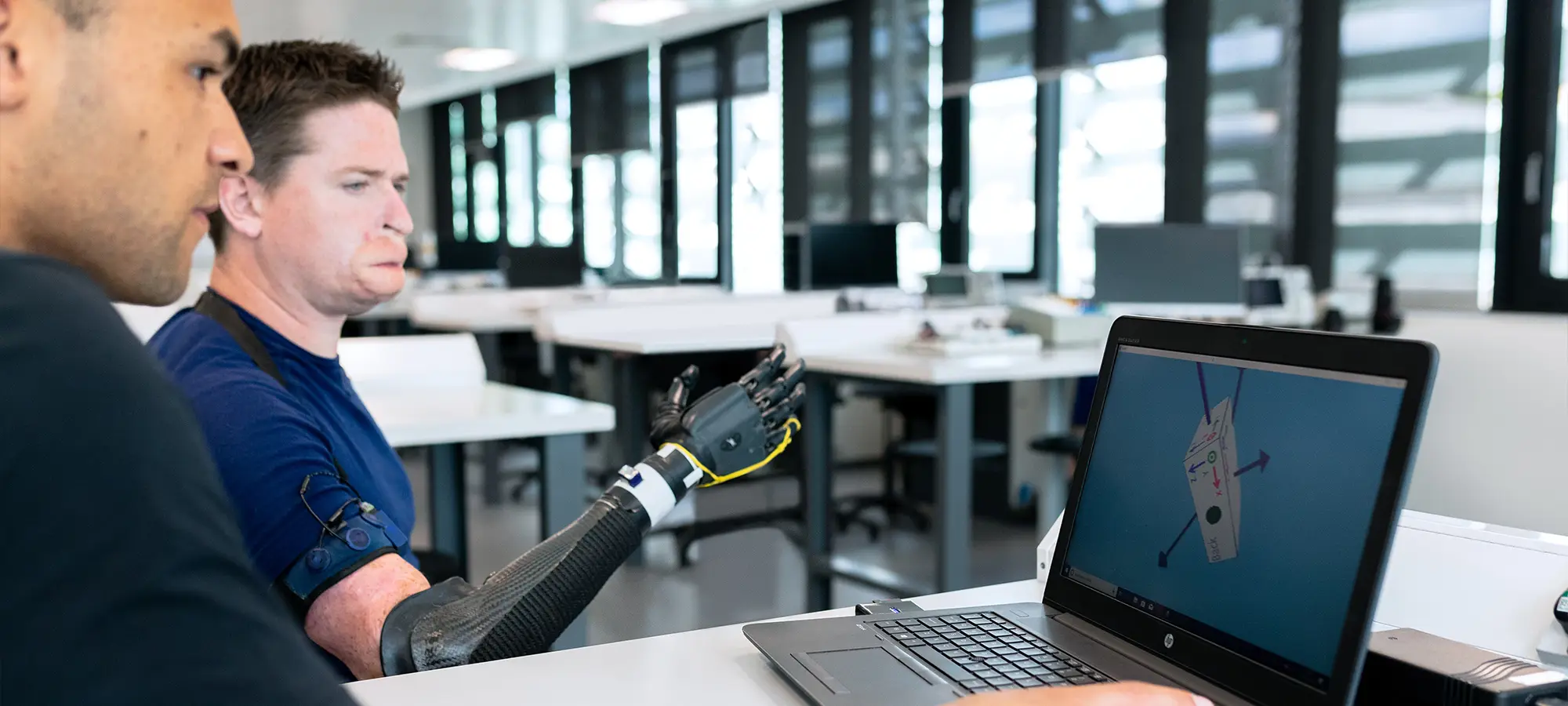
This is one of the most popular 3D printing applications in healthcare. Customized prosthesis made by AM technology is not only lightweight and more appropriate according to one’s personal needs, but are cheaper too. In addition, it is possible to design it differently.
3D printing in hospitals is widely used for the production of prosthetic limbs which are custom made for suiting the wearer’s fitting. As the process is faster, amputees do not need to wait for months or even weeks before being able to use their prosthetics, as was the case with traditional manufacturing.
Moreover, the cheaper prosthetics are easy to replace for children who outgrow their implants faster.
Bioprinting
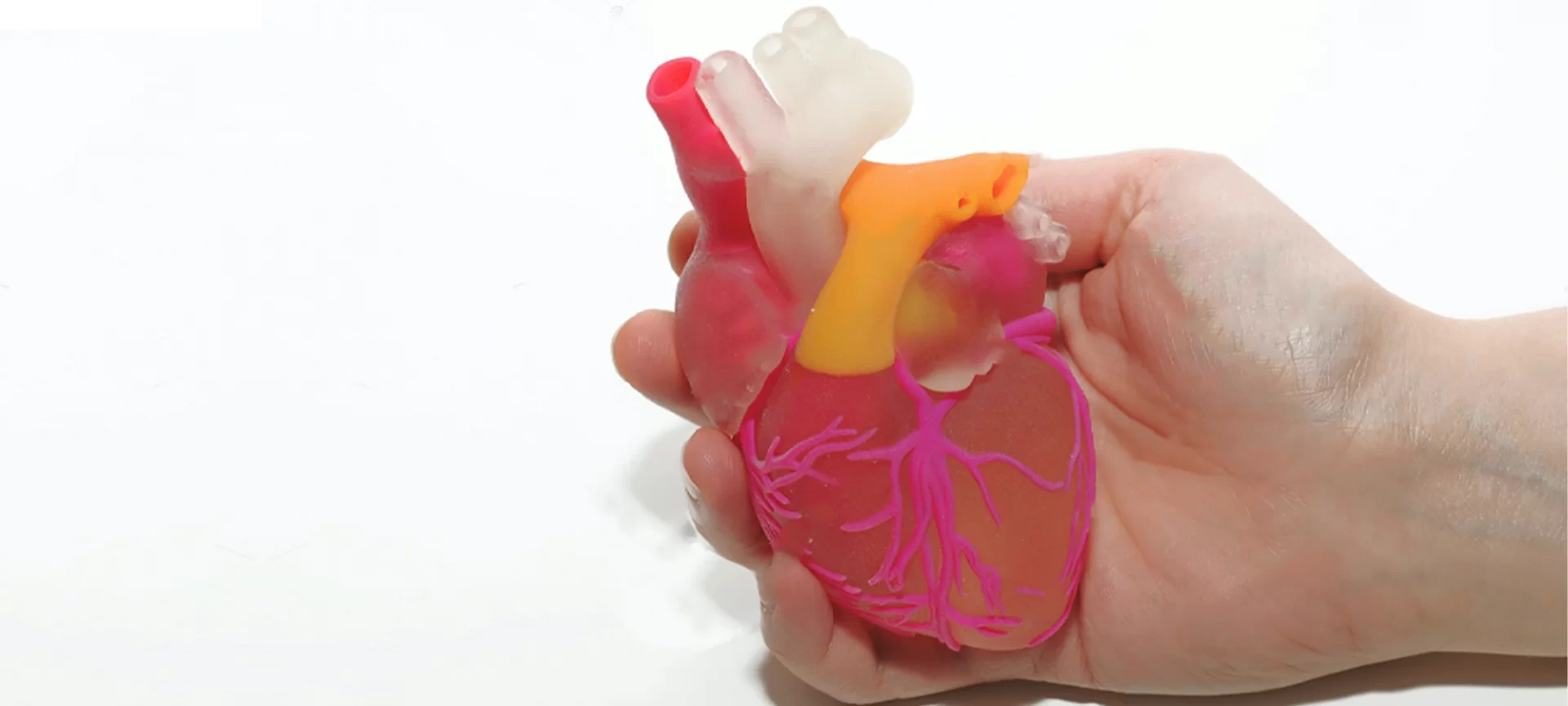
You may hear a lot of hype about bioprinting. And, why not? Bioprinting, a type of 3D printing in hospitals that have been able to offer great aid to the medical niche. Instead of using metal or polymers, bioprinting technology works with a computer-guided pipette in order to create layers with living cells, also called bio-ink.
After the tissues form, they can be used for research within medical science. This is because the artificial living tissues mimic their corresponding bio-organs, however, differing in size. As technology is advancing, it is possible to transplant organs using these living tissues. Although it’s not yet widespread and still limited to a few organs, it offers patients a cheaper and faster option.
With bioprinting, it is also possible to create organ replicas specific to each patient. This can help surgeons to practice on the artificial organs before actually performing on the patient’s body in case the condition is complicated. Not only the technique speeds up the medical procedures but also minimizes the patients’ discomfort and trauma.
Bioprinting also offers an opportunity to the hospitals for saving the lives of those on the waiting list for organ transplantation. Alongside, bio-printed organs could probably help pharmaceutical industries in the future by replacing animal models for researches for new drugs.
Medical Education

Practical learning lasts longer than theoretical learning. And, once again bioprinting helps foster efficient and rapid learning within medical students. 3D printed models specific to patients can significantly amplify the knowledge, as well as confidence within trainees.
Regardless of the area of expertise, these 3D models can help anyone wanting to have a hands-on experience with surgical procedures and master their field of medical science. In addition, hospitals can also store the cases that were rare and complicated to help educate trainees as well as relate to the treatment when needed.
Using the large dataset of patients affected by rare conditions will allow hospitals and medical education to train surgeons for more specific roles.
Better Forensic Practices
Forensic science is an essential part of cases concerning murder and death. However, when explaining the various anatomic abnormalities with the help of cross-sectional imaging, it is often difficult to properly demonstrate the facts to jury members who are far from the realms of medical science.
Therefore, in courtrooms, these 3D printed models come handy. Not only it saves unnecessary confusion but helps in expediting the case duration to reach the final verdict.
Personalized Drugs

Another 3D printing application that has a promising future within medical science is the production of personalized drugs. The exciting possibility can help patients in a number of ways and will allow medical practitioners to offer better care.
We all know that there are many new drugs, developed often carrying side effects such as potency, and could also react differently to different patients. Therefore, it is the time we consider better and efficient manufacturing alternatives to the traditional one along with novel supply chains to realize what’s still mostly in theories, the personalized medicines.
And, what could be the best answer, if not 3D printing. The technology is capable of offering medical science the personalized medicine system. It would help to automate the drug dose control for each patient, both for low as well as high drug concentrations.
FabRx, a biotech company is focusing on creating 3D printing technology especially for the production of pharmaceutical dosage forms along with various medical devices. In addition, it also involves the creation of printing technologies for third-party businesses.
Hence, we are already halfway through to realizing the personalized drug system where each patient can order medicines as per their specific needs. 3D printing of drugs happens with making use of powdered drug layer that dissolve faster than usual pills.
Dental Application
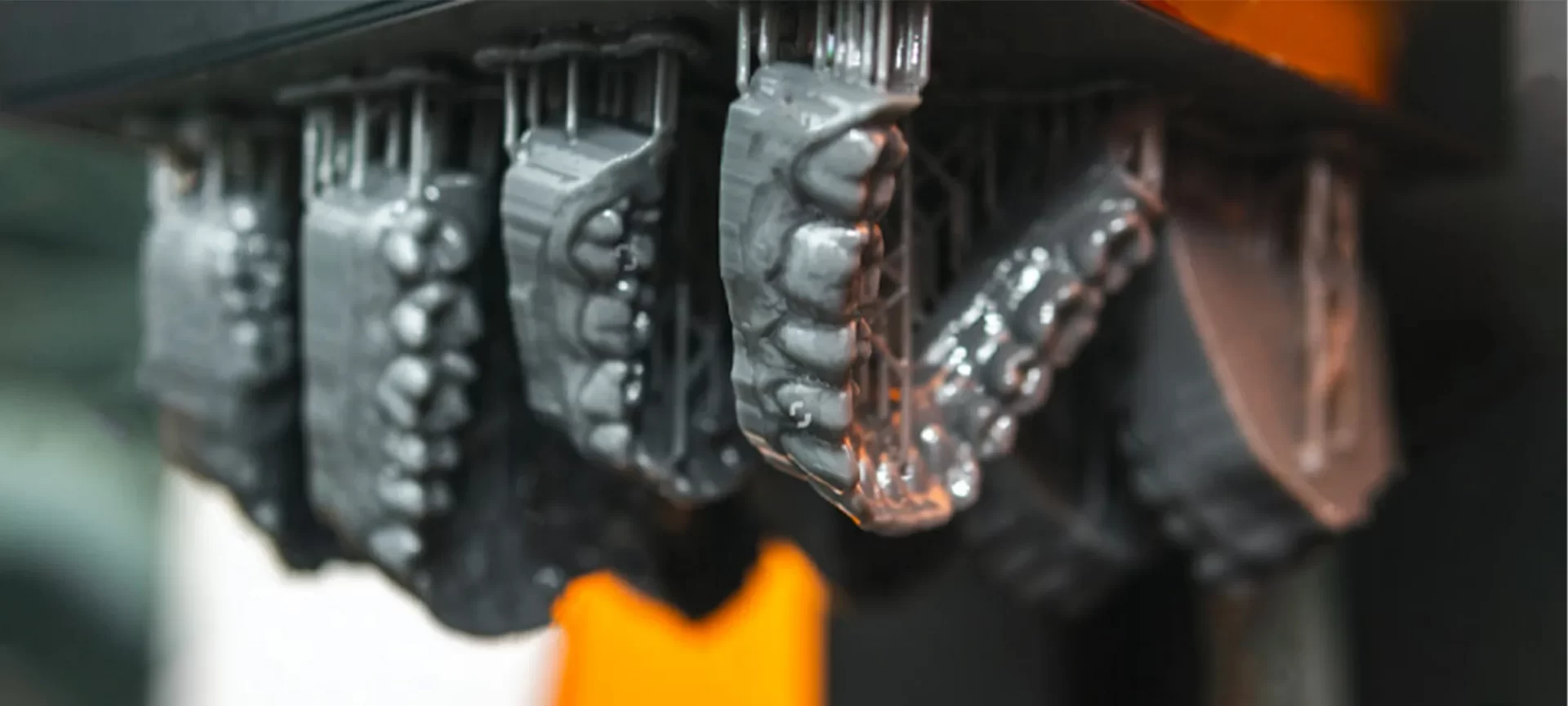
3D printing in hospitals is not limited to surgeries but is very well adjusting to the needs of dental applications. Not only dentists can create models, but 3D print end parts for direct use. It is possible to produce aligners, bridges, and more.
The technology enables the mass production of tools and models at a faster rate. Even the patient-specific dental parts take no more than a few hours for preparation. Hence, reducing the patient wait time and allowing for simpler solutions that are comfortable to carry and designed for specific requirements.
The Conclusion
The scope of 3D printing is huge. And, the same applies to medical science. Using the technology, healthcare can make considerable changes to the way they treat patients, for improving lives. As well as, for easing the overall treatment procedure.
3D printing not only will save patients’ time but doctors’ too. In addition, it allows to come up with the best possible solution for specific and varying needs of patients. At the same time, helping researchers to eliminate the dependency on human or animal models for producing newer drugs.
These are just a few examples that the technology has already accomplished. 3D printing in hospitals will certainly have a huge say in the coming years. With more progress and development, healthcare will soon adapt to the technology’s set up for a better tomorrow.







